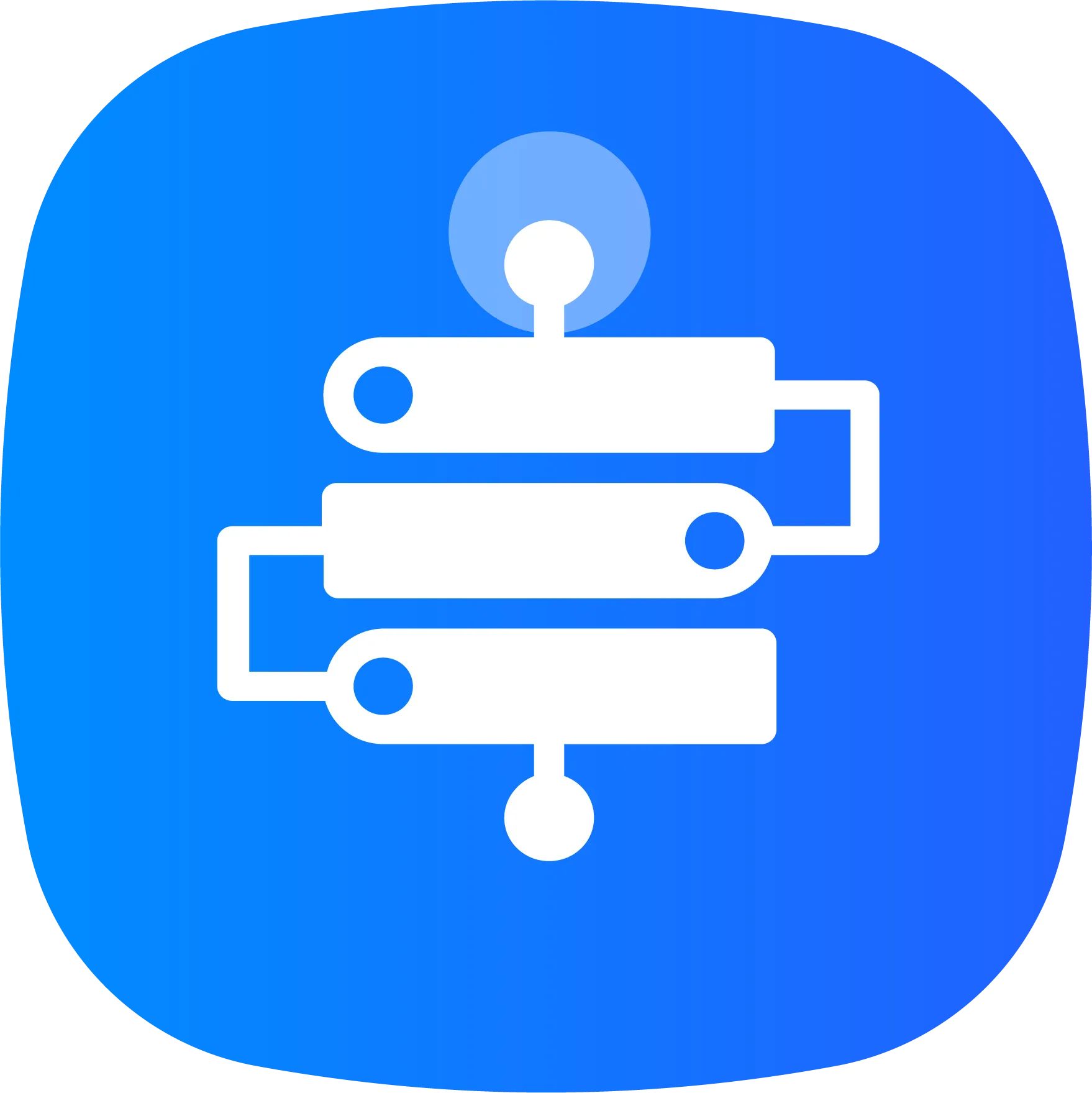Global IT supply chain
International transportation + IT O&M outsourcing + self-owned backbone network
There are some differences between SDWAN costs and leased line costs. Here is a detailed comparison of them in terms of cost:
① Leased line: a leased line usually requires a higher initial investment cost. This includes the cost required to purchase leased line equipment and install leased line connections.
② SDWAN: SDWAN has a relatively low initial investment cost. It can use existing Internet connections without the need to purchase expensive leased line equipment.SDWAN is usually software-defined based and software can be deployed on existing network equipment, reducing the initial cost.

① Private line: Private line operation cost is relatively high. It involves leased line rental cost, bandwidth cost and leased line maintenance cost. In addition, leased line connections may require additional manual maintenance and monitoring.
② SDWAN: The operation cost in SDWAN cost is relatively low. SDWAN utilizes Internet connection, which can reduce the operation cost. It can select the optimal path based on actual demand, reduce bandwidth costs, and use traffic optimization techniques to improve network performance.
① Dedicated lines: For dedicated lines, if there is a need to expand the network size or increase the bandwidth, additional hardware investments and service charges are usually required. This can lead to higher costs and longer implementation times.
② SDWAN: SDWAN is more flexible and cost-effective in scaling and increasing bandwidth. By using an Internet connection, SDWAN makes it easy to increase bandwidth and deploy new branches without costly hardware investments.
① Leased line: Failure recovery costs are relatively high for leased line connections. When a leased line fails, it may cost more to repair or replace the equipment, and may also result in business interruption and data loss.
② SDWAN: SDWAN has fault-recovery and fault-tolerance features that allow it to quickly switch to alternate paths, reducing the risk of business interruption and data loss. sDWAN can provide high availability and reduce fault-recovery costs through intelligent routing and redundant connections.
In summary, SDWAN has certain advantages over leased lines in terms of cost. It reduces initial investment costs, operational costs, and expansion costs, and provides a more flexible and cost-effective network solution. However, the exact difference in cost also depends on the specific implementation, network size and business requirements. Therefore, when choosing between SDWAN or leased line, organizations should evaluate various factors and make decisions accordingly based on their needs and budgets.

International transportation + IT O&M outsourcing + self-owned backbone network

Cellular chips + overseas GPS + global acceleration network

Overseas server room nodes + dedicated lines + global acceleration network

Global acceleration network + self-developed patented technology + easy linking

Global Acceleration Network + Global Multi-Node + Cloud Network Integration


